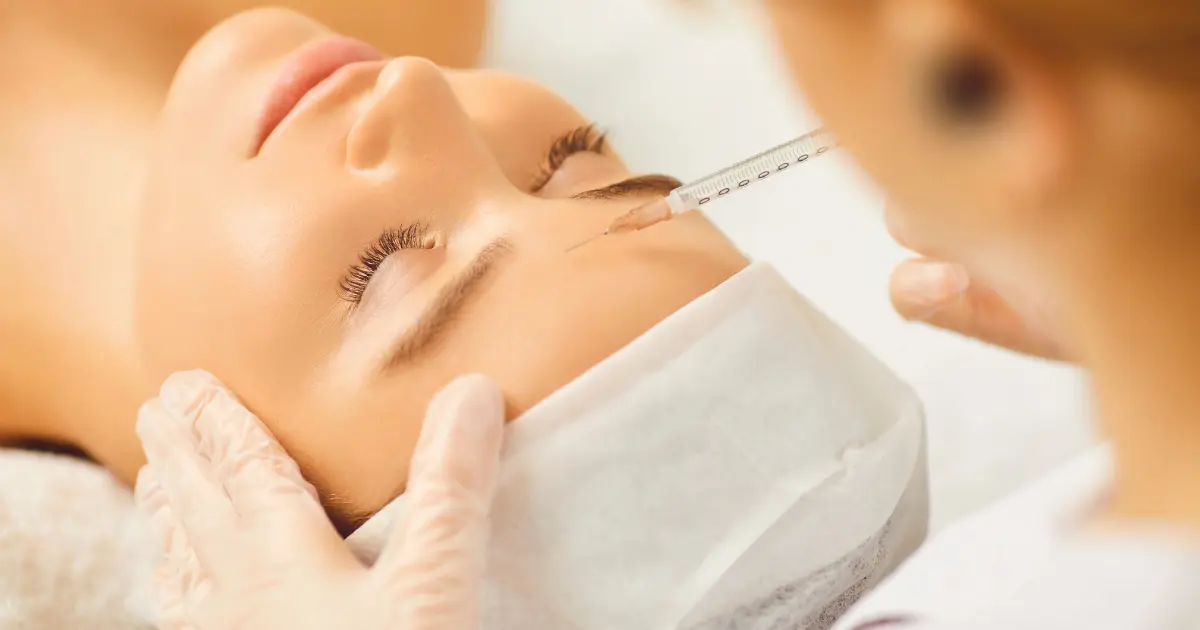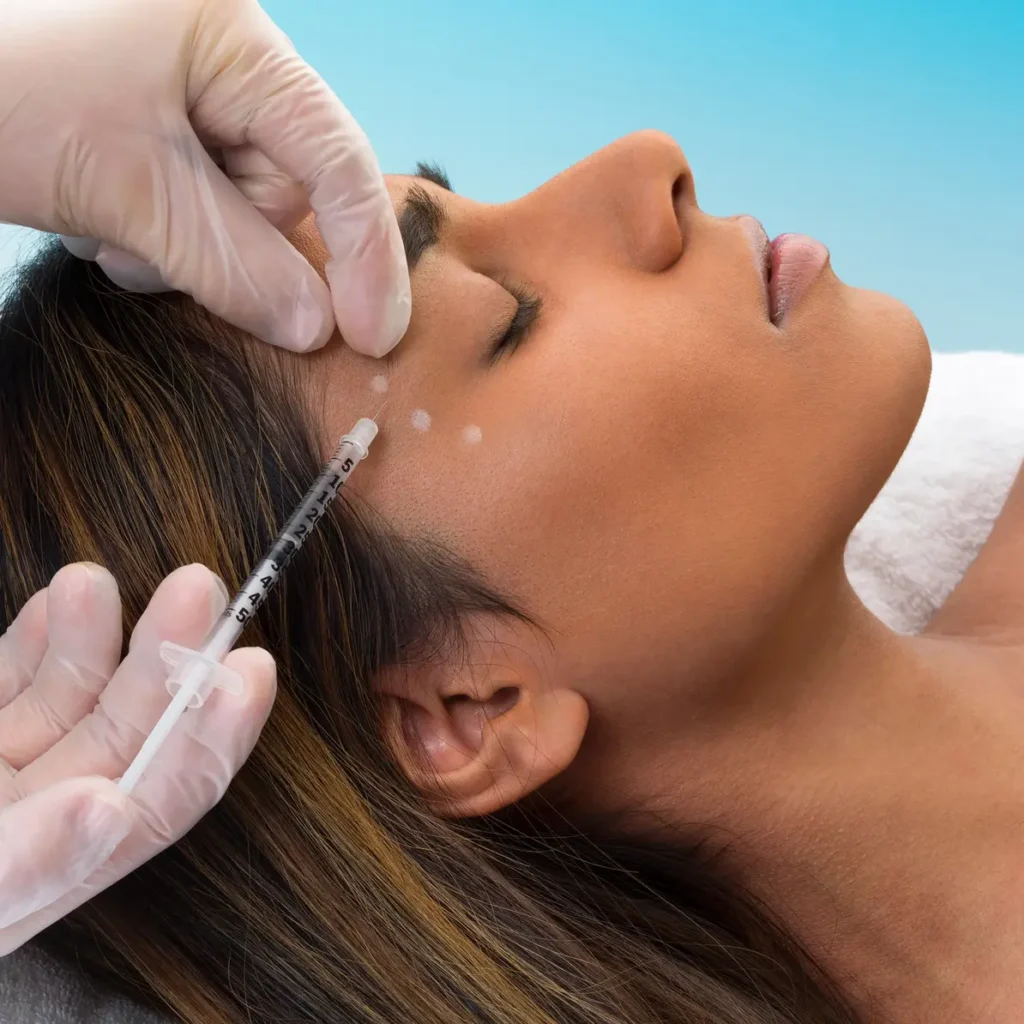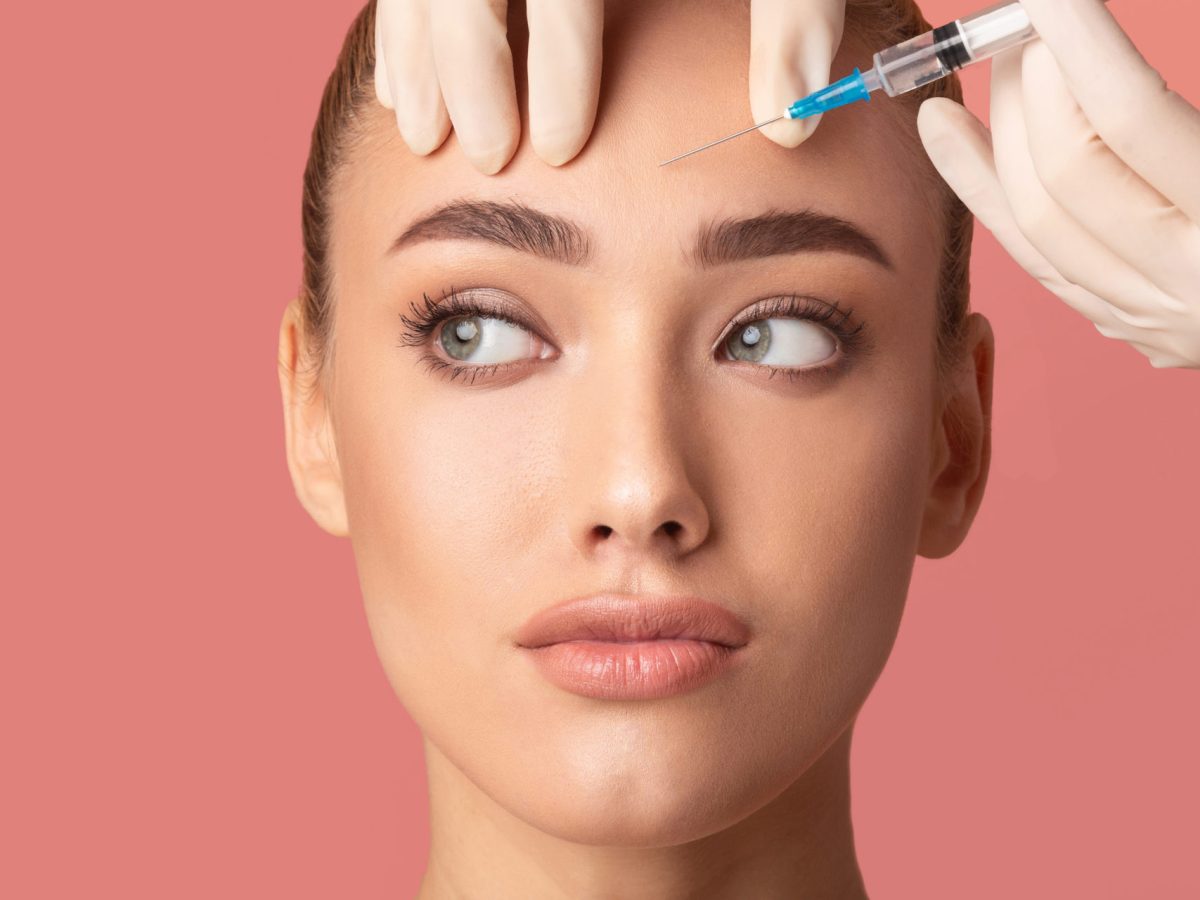- Home
- Conditions
- Services
- Laser
- Medicated Facials
- ULTRASOUND CLEAN UP FACIAL
- LED Light Clean Up Facial
- HI-Frequency Acne Facial
- Hydra Face Treatment
- Carbon Laser Facial
- Carboxy Facial
- Obagi facial
- Dermafuse
- Mira peel
- Sulwhasoo
- Complexion Edit
- DERMAPLANNING LUXE PHOTO FACIAL
- BB Glow Regene-X
- Scar Clear
- Butt Facials
- Body Polishing
- Radiofrequency Therapy
- Aesthetics
- Slimming Programs
- Permanent Makeup Studio
- Smile Therapies
- IV Infusion Bar
- Body / Face Contouring
- Hair / Scalp Therapies
- Exosomes Facial
- PDRN Treatment
- Features
- Contact Us
- +91-9818537400 Pashcim Vihar
- +91-9818537200 Green Park
- Home
- Conditions
- Unwanted Hair
- Acne Treatment
- Ageing
- Excessive Fat
- Scars
- Under Arm Sweat
- Melasma
- Pigmentation
- Dark Circles Under The Eye
- Freckles
- Dull Face
- Unwanted Tattoo
- Hair Loss
- Stretch Marks
- Pores
- Double Chin
- Dark Lips
- Alopecia
- Thin Lips Treatment
- Sagging Skin
- Wrinkles Treatment In Delhi
- Teeth Grinding Treatment
- Gummy Smile
- Over Weight
- Immunity
- Yellow Teeth Treatment In Delhi
- Eye Bags
- Face Fat
- Love Handles
- Body Acne Scar
- Wrinkled Free Hands
- Neck Lines
- Eye Brow Problem
- Tanning
- Dark Skin
- Uneven Skin Treatment
- Dark Under Arm
- Dark Butt
- Back Marks
- Dark Elbows
- Fore Head Lines
- Crow Feet
- Round Face
- Jawline Treatment In Delhi
- Saddle Nose
- Small Chin
- Dropping Cheeks
- Sagging Face
- Small Forehead
- Services
- Laser
- Aesthetics
- Medicated Facials
- Ultraultrasound Clean Up Facialsound Clean Up Facial
- Carboxy Facial
- Dermafuse
- Obagi Facial
- Mira peel
- Sulwhasoo
- Butt facial
- Scar Clear
- Body Polishing
- Radiofrequency Therapy
- Complexion Edit
- LED Light Clean Up Facial
- HI-Frequency Acne Facial
- Hydra Face Treatment
- Carbon Laser Facial
- Dermaplanning Luxe Photo Facial
- BB Glow Regene-X
- Slimming Programs
- Permanent Makeup Studio
- Smile Therapies
- Hair / Scalp Therapies
- Body / Face Contouring
- IV Infusion Bar
- PDRN Treatment
- Exosomes Facial
- Features
- Contact Us



